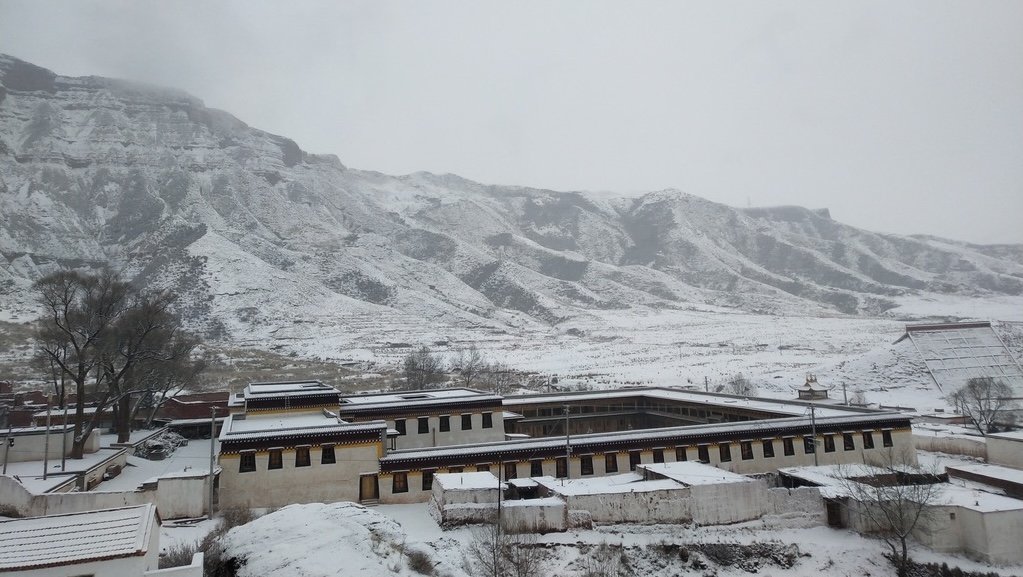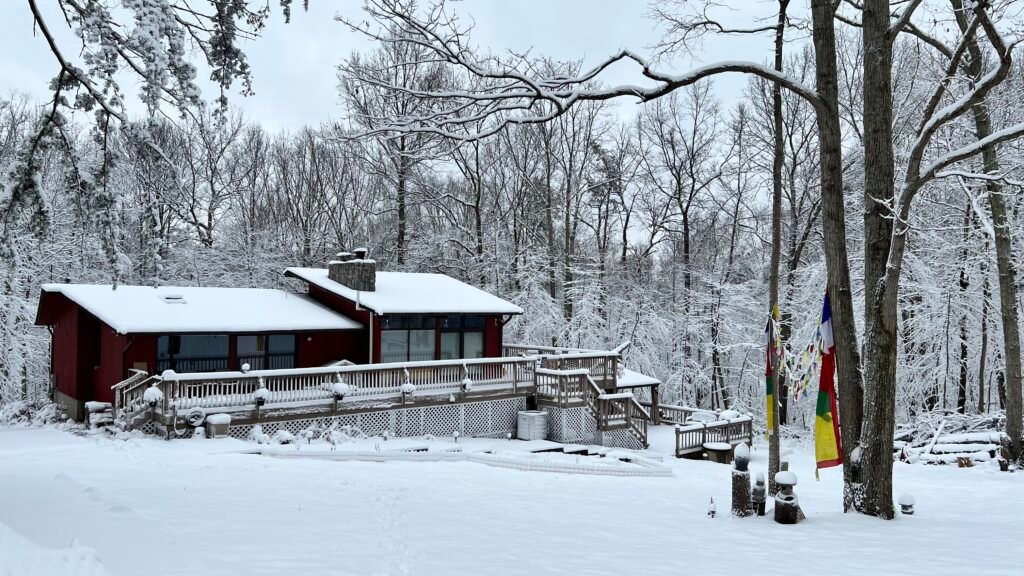Shingza Labdang
The Shingza Labrang is the historic residence of the successive Shingza Rinpoches. It was originally established in the 18th century by the 7th Shingza Rinpoche within Ragya Monastery in Tibet. Among its most revered treasures is a complete set of hand-carved woodblock printing plates for the Kangyur—the Tibetan Buddhist Canon containing the spoken teachings of the Buddha.

This monumental project was initiated by the 7th Shingza Rinpoche and carried out over the course of ten years by teams of highly skilled Tibetan artisans. The resulting collection comprises tens of thousands of individual woodblocks, each meticulously carved and preserved within the Labrang. This extraordinary achievement stands as an unparalleled contribution to the preservation of Buddhist scripture, embodying both immense historical value and enduring philosophical significance. These Kangyurprinting blocks represent one of the most labor-intensive and culturally priceless legacies in Tibetan Buddhism.

After fleeing to India in 1997, the 11th Shingza Rinpoche re-established the Shingza Labrang at Sera Jey Monastery in South India, one of the three great Gelug monastic universities. Since its establishment, the Indian Shingza Labrang has served as a vital support center for monks who fled from the Amdo region of Tibet. To date, over a dozen monks from the Indian Shingza Labrang—part of a monastic community of more than two hundred—have completed the prestigious Lharampa Geshe degree, the highest academic title awarded within the Gelug tradition.
